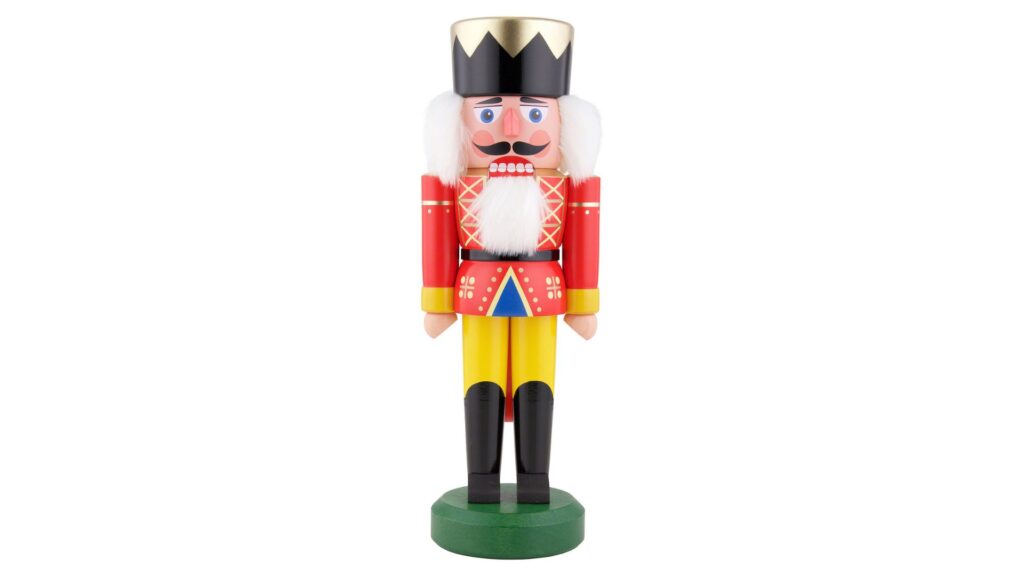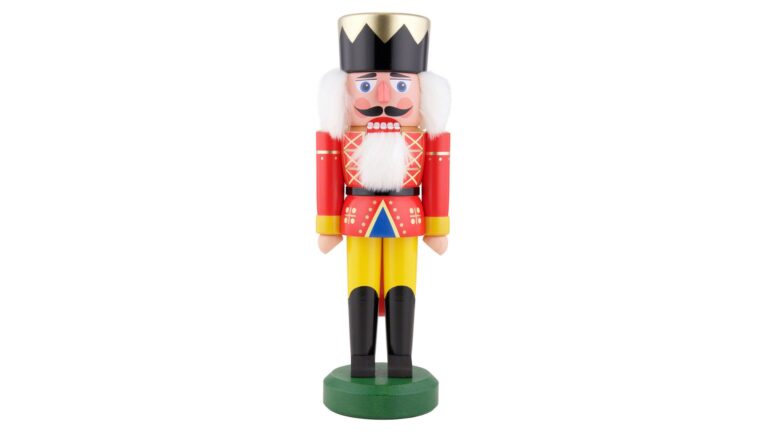A new exhibition has opened at Sewerby Hall and Gardens and runs until 31st December: ‘The Nutcracker and Christmas’ looks at the dark history of this favourite Christmas ghost story, and also examines the history of toys as Christmas gifts.

The famous ballet by Tchaikovsky was first performed in 1892, and has now become synonymous with Christmas. It was based on a story by Alexandre Dumas, but the story was originally written by German writer E.T.A Hoffman in 1816. ‘The Nutcracker and the Mouse King’ is a much darker version of the story.
The exhibition looks at Hoffman’s colourful life, as he wrote about fantasy and Gothic horror.
In ‘The Nutcracker and the Mouse King’, the main character is Elias Drosselmeier, a lawyer, toymaker and clockmaker, a genius, but also dark and sinister with a ferocious temper. Drosselmeier’s Christmas gift to his family was a marvellous toy palace with mechanical figures, but this caused tension between him and the children, as he felt they didn’t like it.
When the children found their presents under the tree, they saw a small figure of a man standing near the tree: the nutcracker. He used his teeth to break the nuts. The nutcracker came to life, and there ensued a fearsome battle between the nutcracker and soldiers on one side and scary mice on the other.
There is also a story within a story – ‘the fairy tale of the hard nut’. The exhibition examines how the two stories intertwine.
Exhibition curator Janice smith explains : “The Nutcracker is the perfect Christmas ghost story, mixing childhood with fantasy, magic and Gothic noir. On one level, it’s a Gothic classic for adults, with dark deeds, betrayal and revenge, and yet equally it’s a classic fairy tale for children with goodies and baddies, magic and adventure, and toys coming to life!
“Come to the exhibition and learn much more about the story!”
The exhibition also features toys from the nineteenth to the twenty-first centuries, and looks at how toys became more and more popular as Christmas gifts. Christmas became more commercialised from the 1880s, with more advertising, cheaper postal services allowing the rise of mail order, and an increase in literacy amongst the population. Mileposts along the way saw Meccano launched in 1898 and teddy bears in 1902.
After World War One, British firms like Chad Valley took over the manufacture of toys from German companies, and gradually military toys were replaced by teddy bears, train sets, Dinky toys (1930s), and board games.
Plastics took over after the Second World War; for example, Lego bricks like those of today first appeared in 1958. Airfix kits arrived in the early 1950s, and Scalextric in 1957. Barbie made her debut in 1959, and Action Man arrived in 1965.
In more recent years, toys have been influenced by films such as Star Wars, and shaped by the development of robotics, such as Furby in 1998 and the Tamagotchi. Along the way, computer games have become hugely popular , since the launch of Atari in 1975.
The exhibition can be viewed in the house at weekends until 31st December, and will also be open between 27th and 31st December. Standard admission fees apply.
The house is decorated for Christmas – ‘A Country House Christmas’ sees the house bedecked with beautiful lights and decorations, including a Christmas audio trail, Christmas card making activities, and a festive family trail.
Visitors to Sewerby Winter Woodland will also be able to see the exhibition when they tour the house as part of the Winter Woodland experience.
For full details of opening hours, admission prices, and all facilities at Sewerby Hall and Gardens, visit www.sewerbyhall.co.uk
















